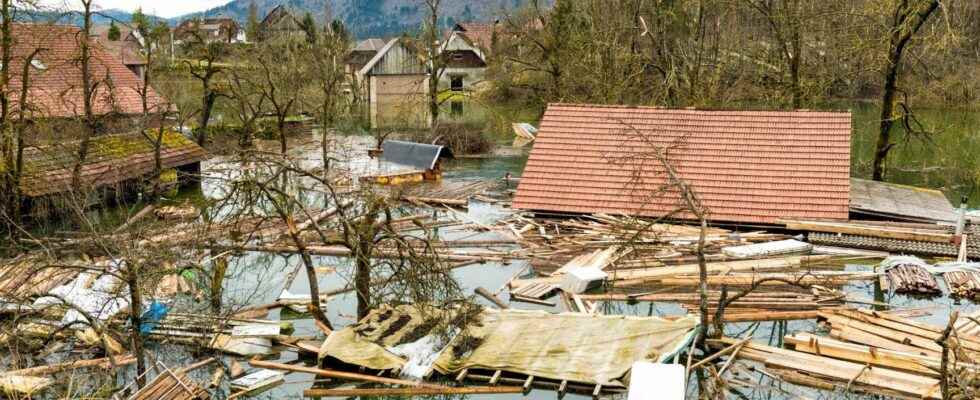Climate change has doubled the risk of heavy rains and floods in South Africa, according to a research organization that compares the risk of floods with and without climate change, using the “science of attribution” .
You will also be interested
[EN VIDÉO] What caused the tragic floods in Europe? Catastrophic floods that hit Germany, Belgium and the Netherlands in July killed more than 150 people. Is there a link with global warming?
Between April 11 and 13, 2022, historic floods and landslides killed more than 400 people near Durban, South Africa. Some 12,000 homes were destroyed and 40,000 people had to be rehoused. This natural disaster is the direct consequence of the torrential rains that fell in the space of two days (350 mm of precipitation), but also of poor choices in matter of urbanization in the area.
Landed in Durban a couple days ago and heard about the crazy flood.
Will love to connect with any of the organizations helping the flood victims.
It will be great to bring some awareness to this! pic.twitter.com/T5iKpbssJX
— Tayo Aina (@tayoainafilms) May 6, 2022
the World Weather Attribution is an international organization that brings together scientists from around the world to try to understand whether a specific weather event can be attributed to global warming, or not. This is the “science of attribution”, the fact of attributing or not attributing a phenomenon such as a flood, a drought or even a cyclone to climate change or not. The idea is to know if this catastrophe would have occurred, and with the same intensity, without the current context of global warming, and how it may be brought to reproduce in the future with the global rise in temperatures. Recent WWA studies have notably concluded that deadly floods in July 2021 in Germany and Belgium were probably aggravated by global warming, and more certainly, that tropical cyclones generated more rain in Madagascar last year.
Did you know that global warming was discovered by a woman? Discover Eunice Foote’s story in our Science Hunters podcast. © Futura
Climate change has increased the risk of flooding from 2.5% to 5% per year
After studying the case of the Durban floods, WWA concluded that global warming has resulted in an increase in the volume rain fell 4 to 8%. the IPCC has already proven that climate change causes more intense rainfall in many parts of the world, increasing the risk of flooding in urbanized areas. A warmer atmosphere contains more humiditygiving rise to phenomena weather report more rainy. Among these areas more affected by the worsening of intense rainfall, the tropics, Asia, but also South Africa. Durban is also used to flooding, with in particular the spring 2019 disaster, which caused more than 85 deaths.
To study this type of disaster, the organization uses climate models to compare scenarios that incorporate current climate change, and other fictitious scenarios without climate change. The difference between these simulations demonstrates, according to the WWA researchers, the influence of global warming on a weather event. They estimated that the probability of such a violent event occurring in the suburbs of Durban is 5% each year. In a world without global warming, the probability of such an event would have been only 2.5% per year according to scientists. If global temperatures continue to rise at the same rate, this type of rainfall phenomenon will probably be even more intense, hence the need for South Africa to adapt as quickly as possible, particularly in terms of urbanization. . In addition to the climatic factor, there is the factor of poverty which leads many South Africans to live in unstable huts, which are easily swept away in the event of heavy rains.
Interested in what you just read?
